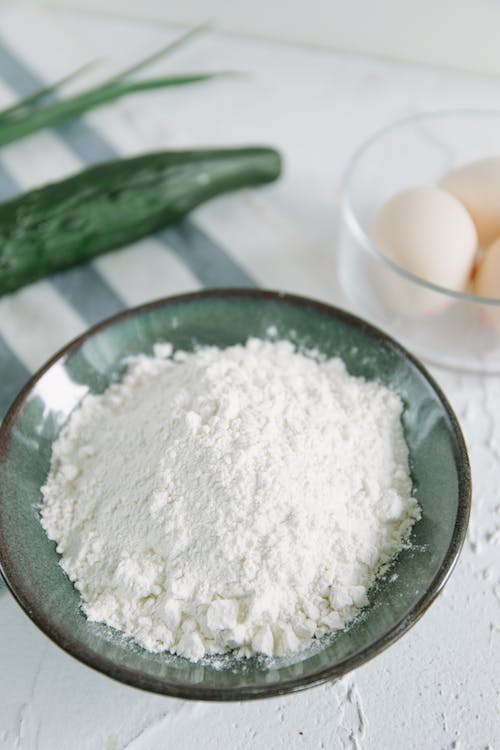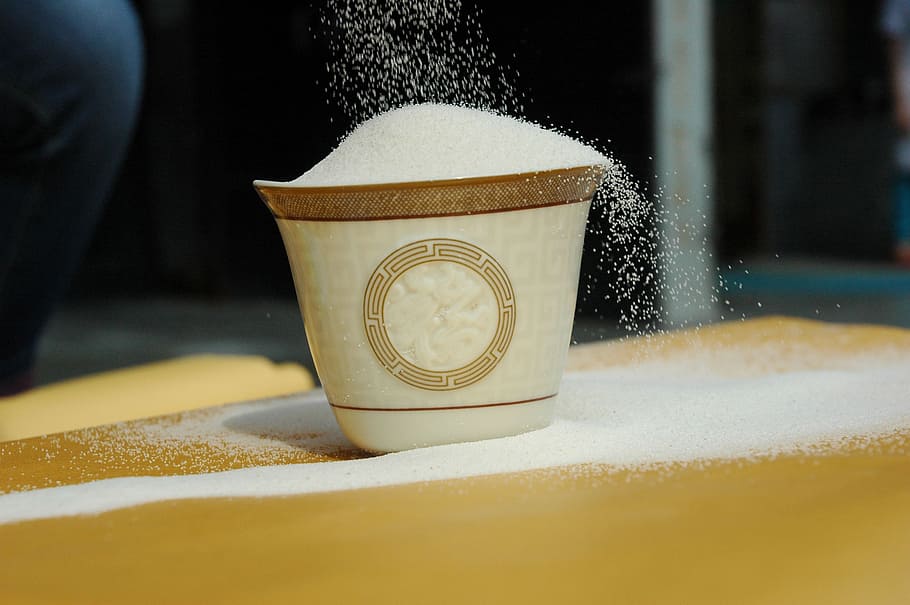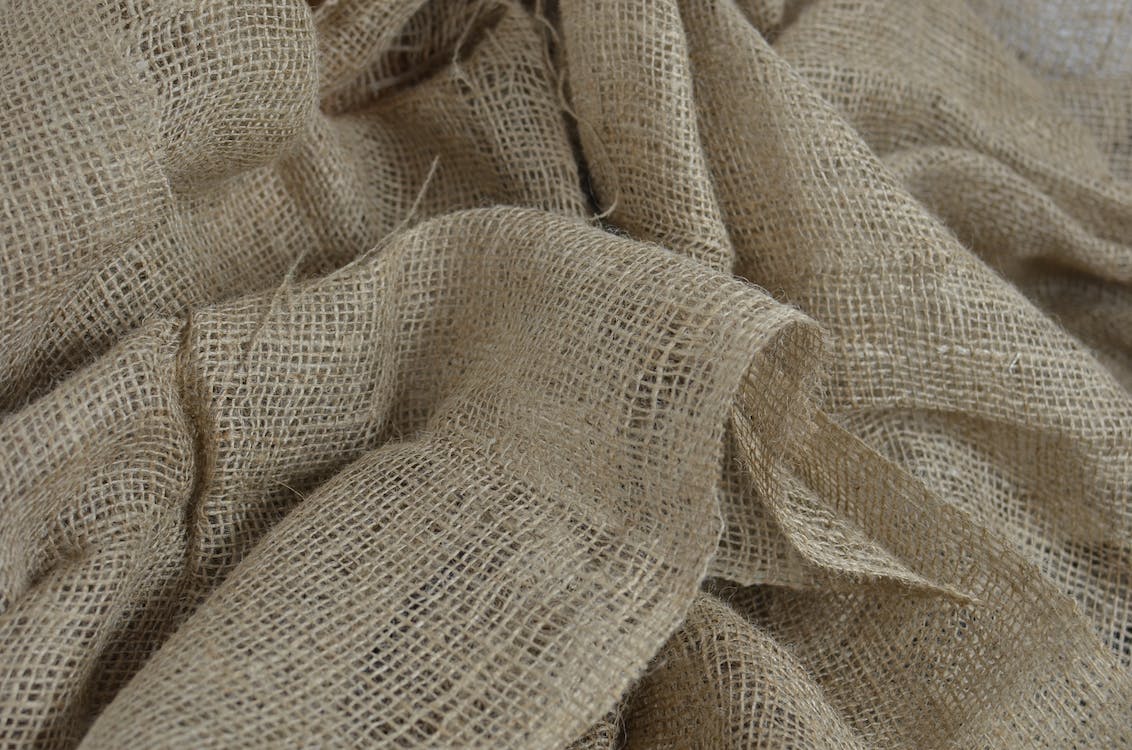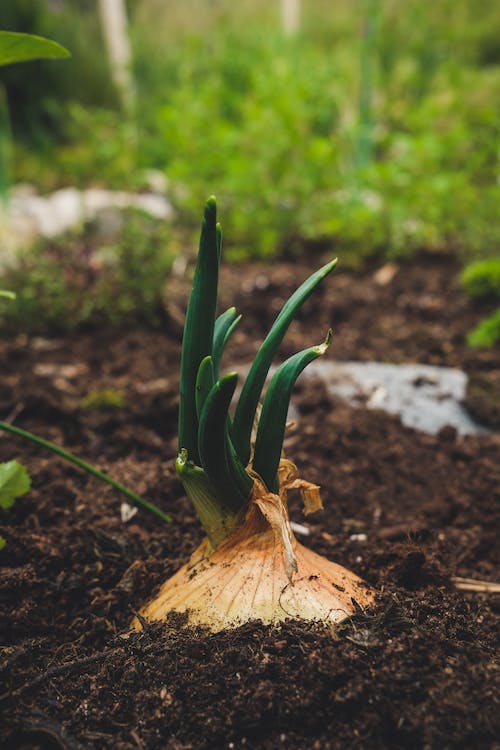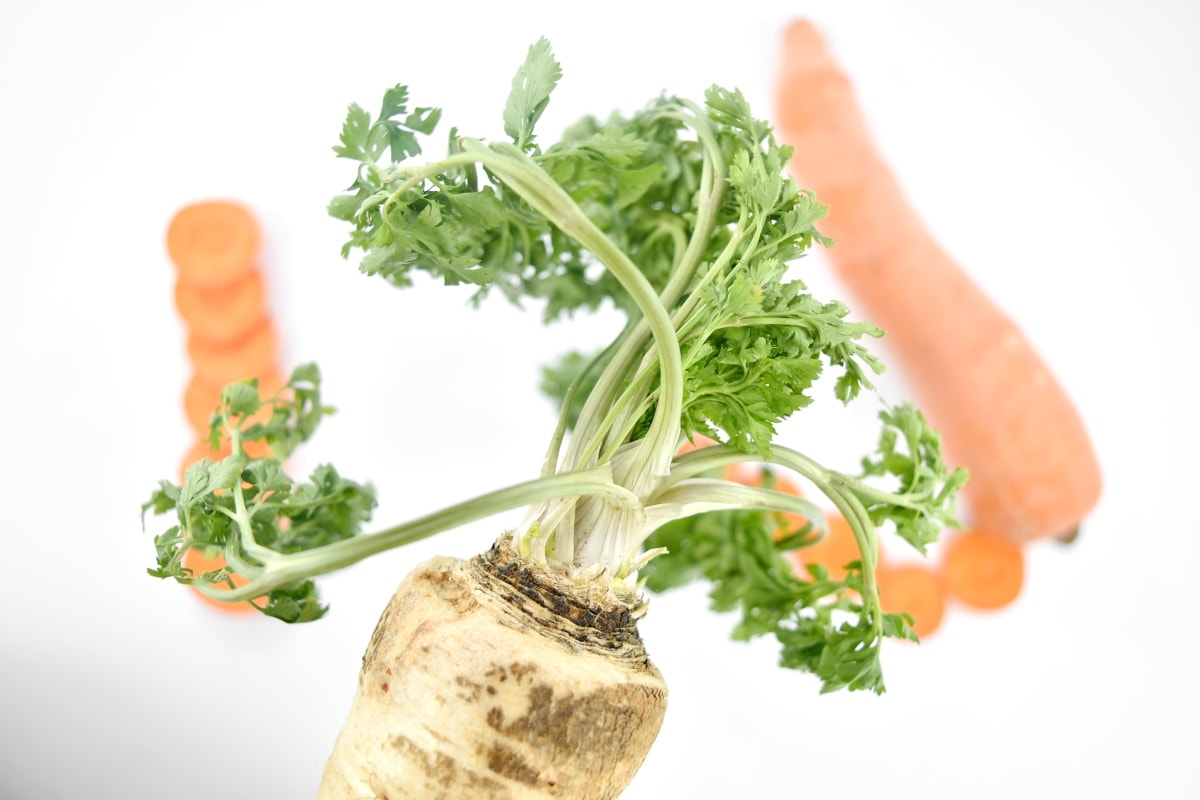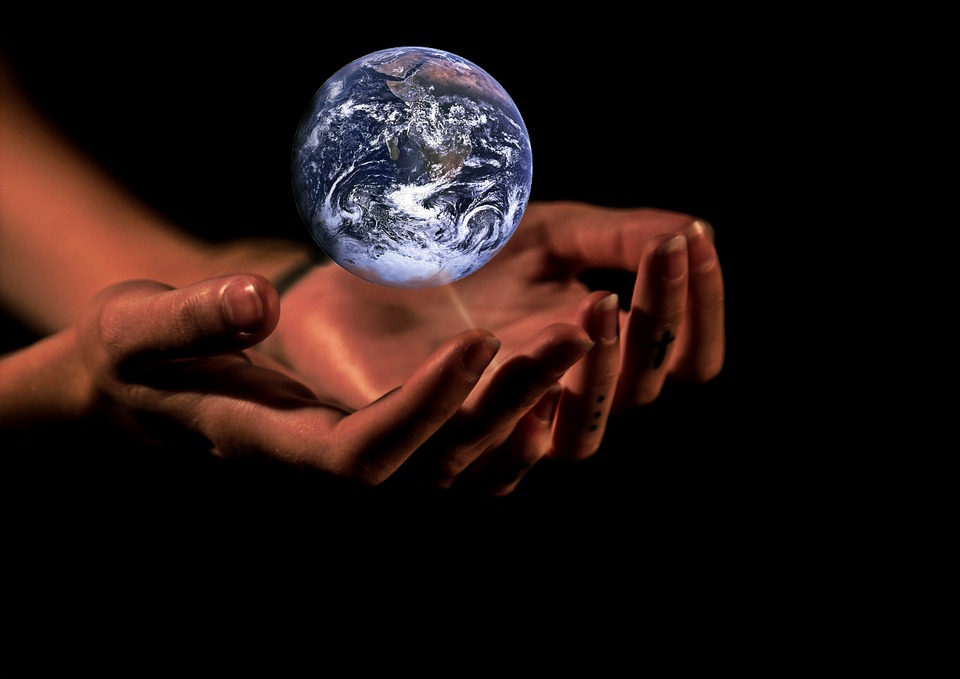Winter is a time when we all want to stay cozy and warm, but heating our homes can have a significant impact on the environment. Fortunately, there are many ways to keep warm while being kind to the planet. In this blog post, we will explore some sustainable heating tips that will help you stay warm and green this winter.
1) Use energy-efficient heating systems
Investing in an energy-efficient heating system can help reduce your carbon footprint and save you money in the long run. Consider upgrading to a high-efficiency furnace or heat pump, which can use up to 30% less energy than older models. You can also install a programmable thermostat that allows you to set the temperature to automatically adjust when you’re not home or sleeping.
2) Insulate your home
Proper insulating is one of the most effective ways to keep your home warm and reduce heating costs. Start by sealing any drafts around windows and doors, and add insulation to your attic and walls if needed. You can also insulate your water heater and hot water pipes to reduce heat loss.
3) Take advantage of natural sunlight
Open your curtains and blinds during the day to let natural sunlight in, which can help warm up your home. Close them at night to trap the heat inside. If you have south-facing windows, consider installing solar shades or reflective films to reduce heat gain in the summer and heat loss in the winter.
4) Use a space heater wisely
Space heaters can be a great way to warm up a small area without heating the entire house. However, they can also be a source of energy waste and fire hazards. When using a space heater, make sure to keep it away from flammable materials and turn it off when you leave the room. Also, opt for energy-efficient models with safety features like tip-over and overheat protection.
5) Consider alternative heating sources
Many alternative heating sources are both sustainable and efficient. For example, a wood-burning stove or fireplace can provide warmth and ambiance as long as the wood is sustainably harvested and burned efficiently. Another option is a geothermal heating system, which uses the earth’s natural heat to warm your home.

6) Dress warmly and layer up
Before turning up the heat, consider adding an extra layer of clothing or blankets to stay warm. Dress in warm, cozy clothing like wool sweaters and socks, and use thick blankets or comforters on your bed. You can also invest in a heated blanket or heated mattress pad to keep you warm and cozy at night.
7) Maintain your heating system regularly
Regular heating system maintenance is crucial for optimal functioning and efficiency. Dirty filters, clogged vents, and malfunctioning parts can all reduce the efficiency of your heating system, leading to increased energy consumption and higher heating bills. Schedule annual maintenance checks with a professional to ensure your heating system runs efficiently and effectively. By doing so, you can prolong the life of your heating system and reduce the need for repairs or replacements.
Staying warm and cozy during the winter months doesn’t have to come at the expense of the environment. By following these sustainable heating tips, you can reduce your carbon footprint and save money on heating costs. From insulating your home to using alternative heating sources, there are many ways to stay warm and green this winter. So, stay cozy and eco-friendly with these tips and enjoy the winter season with peace of mind.
Let us know if these few tips have helped you in the comments below!
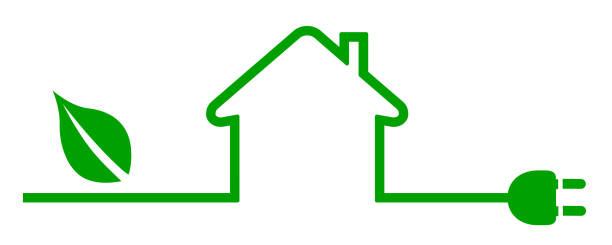

 The theory and application of sustainability in the automotive industry involves a focus on reducing the negative impact of the industry on the environment, while still maintaining the industry’s economic viability. This involves a range of initiatives aimed at reducing waste, emissions, and resource consumption.
The theory and application of sustainability in the automotive industry involves a focus on reducing the negative impact of the industry on the environment, while still maintaining the industry’s economic viability. This involves a range of initiatives aimed at reducing waste, emissions, and resource consumption.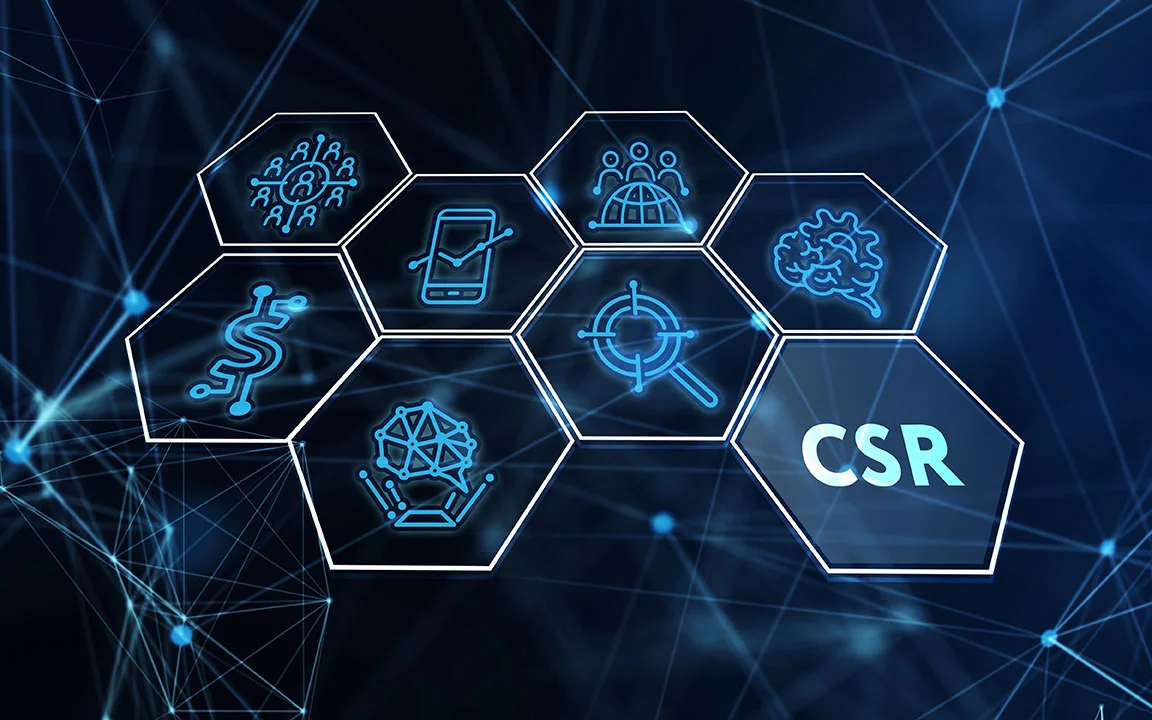 Despite the challenges facing the automotive industry, there are many efforts being made to create a more sustainable future. These efforts include government regulations, industry initiatives, and consumer demand.
Despite the challenges facing the automotive industry, there are many efforts being made to create a more sustainable future. These efforts include government regulations, industry initiatives, and consumer demand.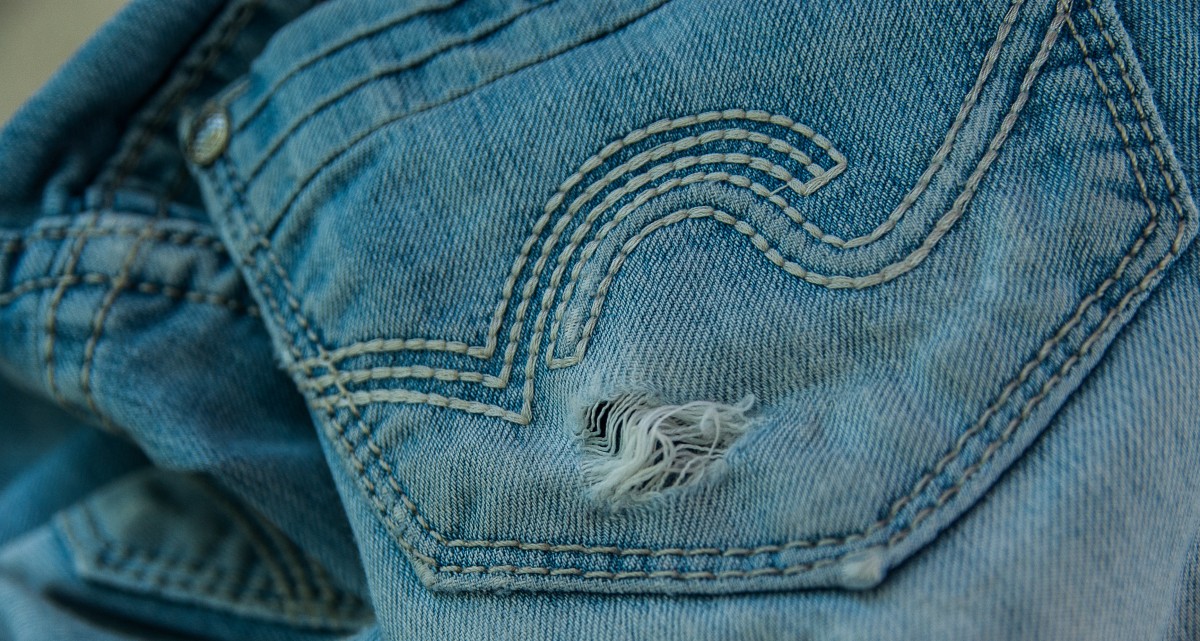

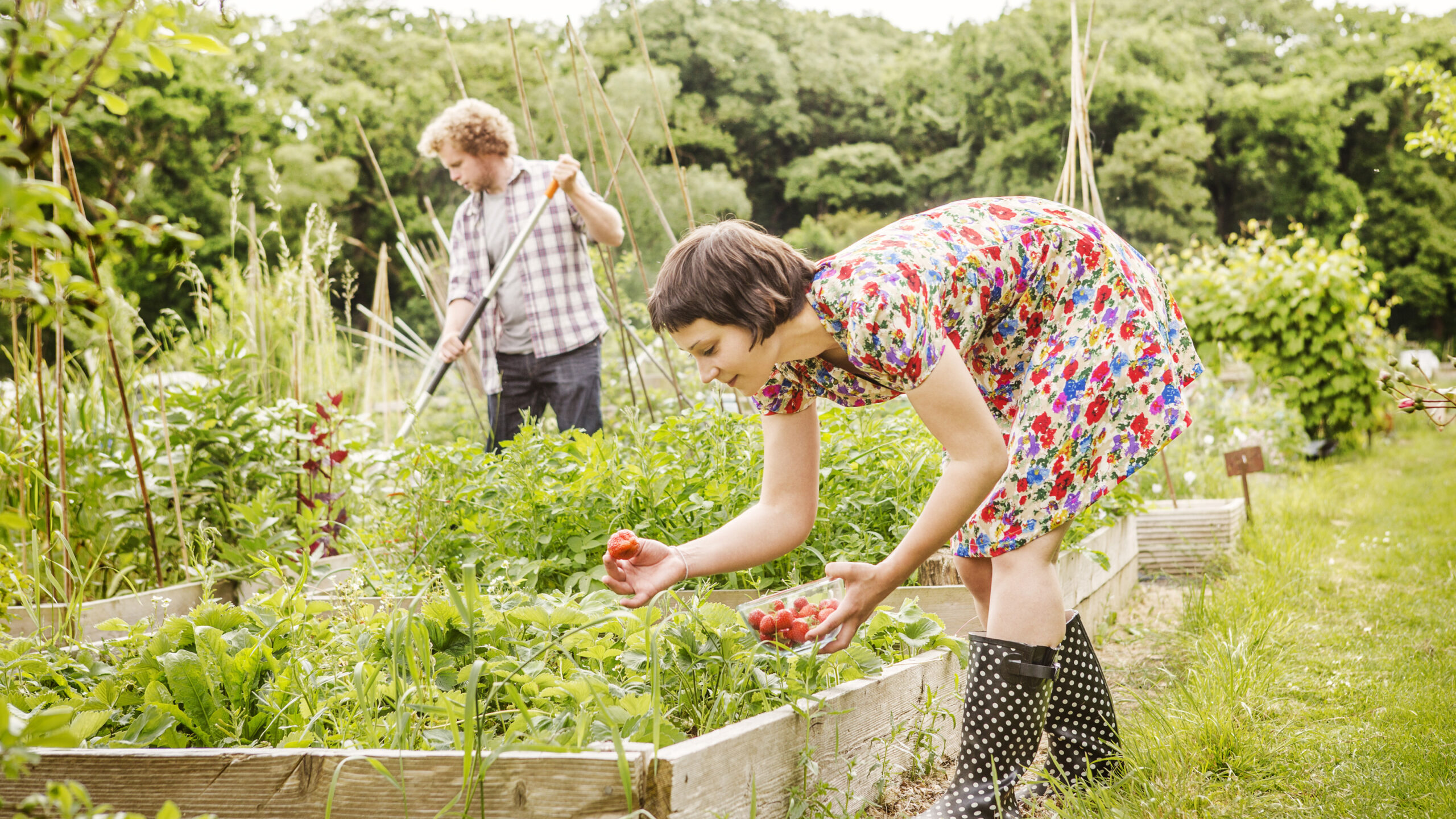
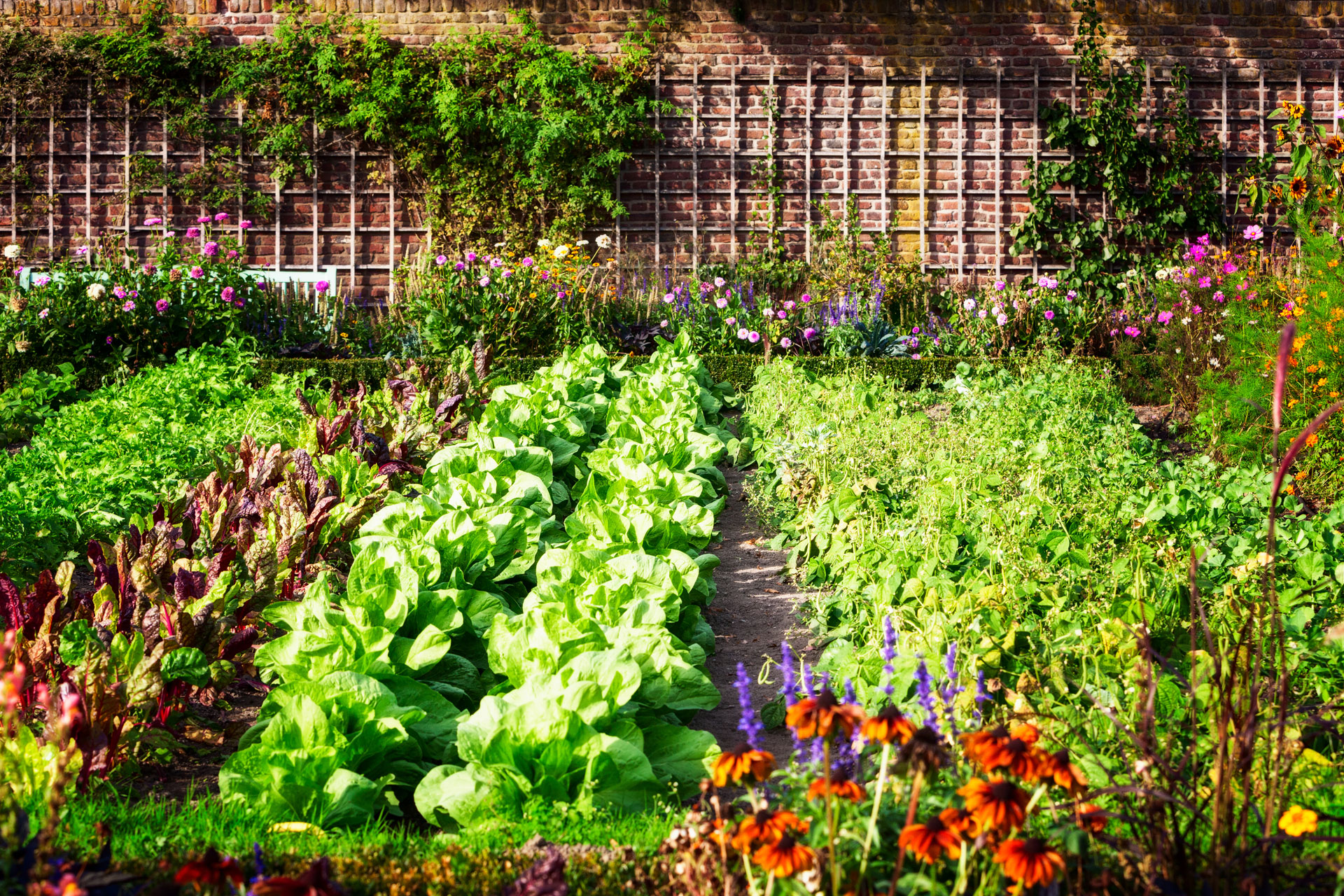
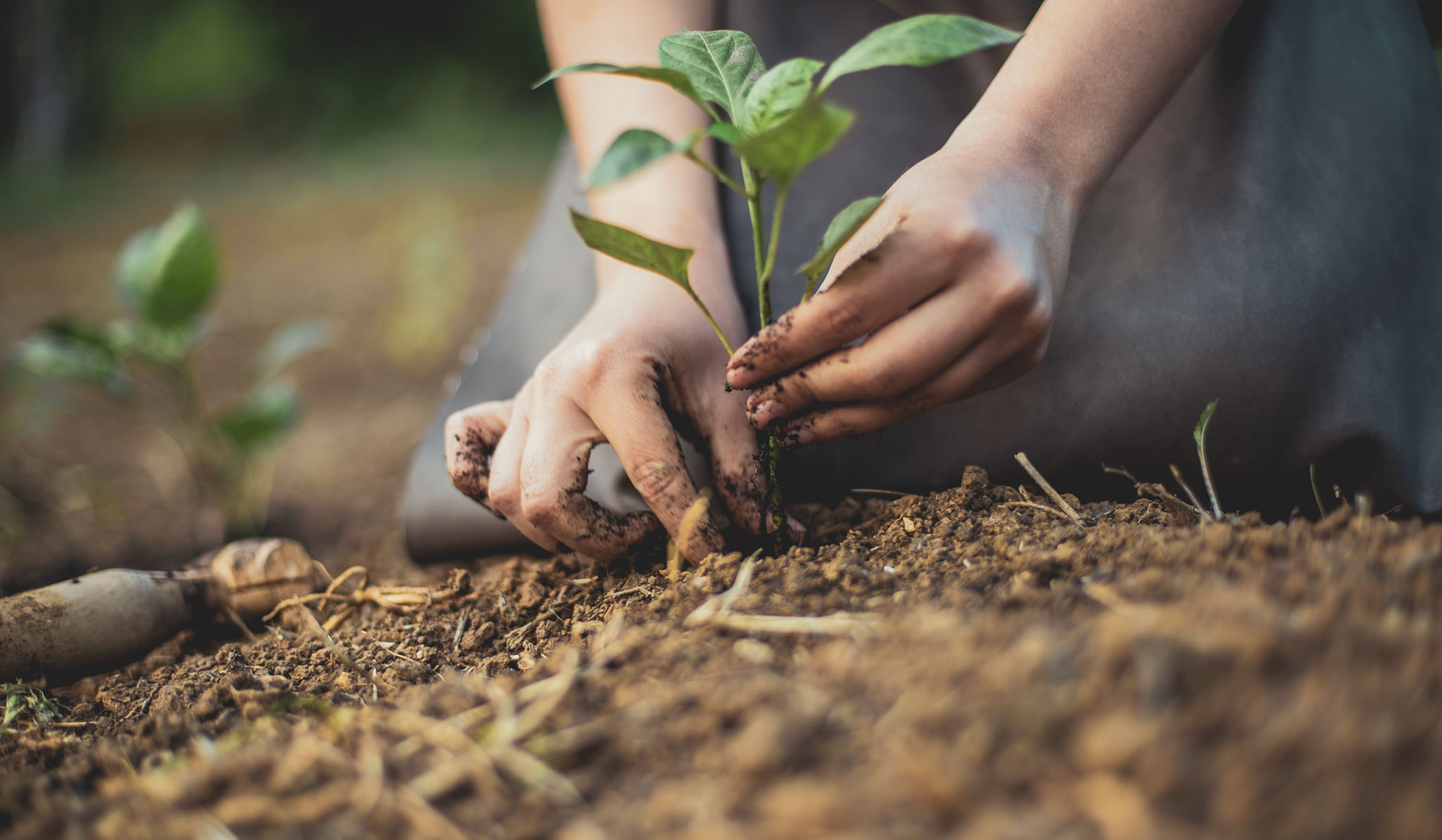

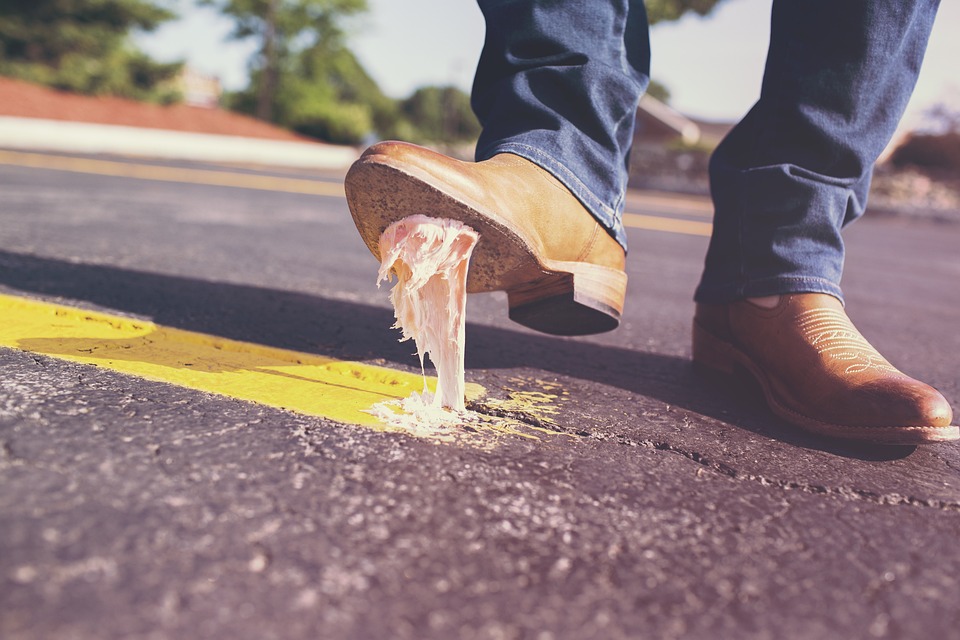 Gum sales date from the 1800s in the US and soon became widespread. Today, the global chewing gum market is valued at approximately US$ 27 billion. Recent statistics show that people of all ages are most likely to chew gum at least two or three times a week. In fact, studies have revealed that an average American can chew at least 1.8 pounds of gum yearly.
Gum sales date from the 1800s in the US and soon became widespread. Today, the global chewing gum market is valued at approximately US$ 27 billion. Recent statistics show that people of all ages are most likely to chew gum at least two or three times a week. In fact, studies have revealed that an average American can chew at least 1.8 pounds of gum yearly. Everyone’s heard of an inferiority complex, but have you ever heard of a “hair complex?”
Everyone’s heard of an inferiority complex, but have you ever heard of a “hair complex?” If you like reading, you must have read that cow farts are bad for the environment. But, what about human farts?
If you like reading, you must have read that cow farts are bad for the environment. But, what about human farts? I bed your pardon?
I bed your pardon?